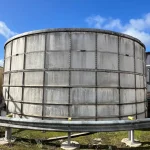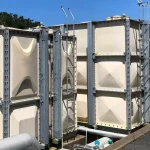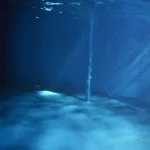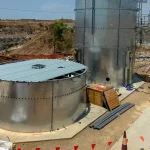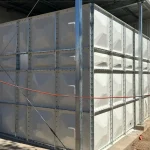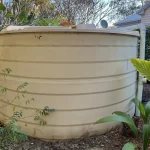Fire tanks are crucial equipment in combating fires, as they provide the necessary water to control, suppress, and prevent the spread of fire across various properties, including residential homes, stores, commercial and office buildings, and industrial complexes.
However, not all fire tanks are made from the same materials, and they come in varying capacities. These tanks also have specific regulations that apply solely to them. Let’s explore these details further in this article.
What to Choose and Where to Place?
To decide which type of fire tank you should get, consider the following:
1. Location and space of your property
You must know the available space you have in your property regardless of what type of tank you are going to buy. Besides, it all takes up space, especially if your fire tank will be installed above the ground.
Aside from this, you will be able to know whether an above-ground water tank is suited for you or whether an underground fire tank is your only option due to the limited space you have. Whichever is the case, you have to acquire a pump or something similar to apply pressure so that the water will rush upwards.
2. Design and materials
The best measurement depends on the shape of the fire tank you are opting for. The more coverage area for fire prevention and suppression, the greater the storage capacity required to achieve the same efficiency under the same roof area.
In determining the design of your fire tank, you will also need to choose what material you will buy for the fire tank. The common materials are stainless steel and GRP water tanks.
Stainless steel and GRP tanks are versatile tanks and are being used in a lot of things. However, when it comes to fire, what you will need is a robust, lightweight, and great storage capacity. Both tanks can provide robustness but between the two, only GRP tanks can provide all three.
GRP water tanks have an advantage over other tank materials through their high strength, corrosion resistance, less maintenance, and long service life for fire suppression systems.
3. Surrounding Environment
Wind loads, seismic conditions, and roof loads are important criteria for a tank design. The environment affects the overall structural integrity and aesthetic finish. Aside from that, whether you choose a stainless steel or a GRP tank, you better secure the surrounding area so that it is not a tinder box full of dead leaves, branches, twigs, and papers because both will bend and melt if the fire reaches them.
Fire Tank Capacities
Choosing the right size and storage capacity of a fire tank depends on several factors, including the available space on your property and its location within the community.
If your property is limited in space and placing a large fire tank would interfere with your landscaping, a smaller fire tank may be a better choice. This size would serve as a first-response measure for fires within your home or business. The location of your property within the community is another consideration, as it affects how quickly local firefighters can respond to emergencies in your area.
For example, a 500-liter fire tank is typically more affordable than larger alternatives and is the most common size for a GRP fire tank. Other sizes include 1,000, 1,500, and 2,000 liters, as well as larger tanks that range from 10,000 to 20,000 liters. These larger tanks are often used in homes or businesses that are more vulnerable to fire, particularly in communities prone to bushfires where response times from fire brigades may be longer.
Keeping up with the Regulations
The Fire Protection Association Australia is the leading organization that promotes fire and life safety in Australia. The organization designs and publishes standards and conducts accreditations related to fire protection, including standards for fire tanks.
The FPA Australia covers everything that is fire protection related that is unique only to Australia. FPA Australia’s regulations and accreditations do not only cover residential or commercial establishments but also farmlands that are susceptible to bushfires during the peak summer season.
It is important that a tank inspection company is in compliance with Sydney’s local ordinances and is accredited by the Fire Protection Association Australia to ensure that your fire tanks are within the standards that are widely accepted to be safe and reliable.
Have You Decided Which Fire Tank Should You Place in Your Sydney, AU Property?
During a fire emergency, firefighters need access to large volumes of water quickly, and a fire tank can provide that water supply without relying solely on the local water mains. To ensure that your fire tank is functioning properly and is ready for an emergency, have it inspected by our tank inspection specialists in Sydney, AU.
Rest assured that they are always available at any time you need them!
Need a quote? Call us directly at 1800 770 899.
Or, visit our website for more information.
You can also email us at [email protected]

